Why Bike Computer Deviates From Strava?
Bike computers are essential for tracking and recording biking activities. They enable riders to monitor their speed, distance, time, and other metrics. Strava, on the other hand, is a popular fitness app that tracks workout activities, including biking. While both bike computers and Strava serve the same purpose, they might produce different results.
Bike computer & Strava Influence Factors
GPS accuracy
The most common reason why bike computers deviate from Strava is because of GPS accuracy. Bike computers rely on GPS signals to track and record riding activities. However, GPS signals can be affected by various factors, such as tall buildings, tunnels, and trees. At times, the GPS may only have 1 or 2 cell signals, which can result in inaccurate GPS data and discrepancies in distance, speed, and elevation.
Different data handling
Another reason bike computers deviate from Strava is how the devices handle data. Most bike computers record data at regular intervals, such as every second or every five seconds. On the other hand, Strava uses algorithms to smooth out data, such as removing GPS glitches caused by tall buildings or tunnels.
According to Strava's website, the distance calculated by app will always be shorter than a properly calibrated computer. This is because when you go down a hill and then back up the other side, Strava only sees point-to-point, as if the hill didn't exist.
So, if you do a ruler-flat rail-trail ride (as I have many times), it'll almost perfectly match your bike computer. If you hit massive hills all day long, it'll come up short. For example, nn a typical ride, Strava is about 1.3% shorter than a bike computer, since a city has a good mix of hills and flats. It's been off by as much as 3% during the Rapha Rising, when doing constant hill repeats.
Different Mapping System
In addition to the differences in mapping systems between bike computers and Strava, there are other factors that can lead to discrepancies in distance, speed, and elevation. For example, the accuracy of the sensors used by the bike computer or the GPS signal strength can affect the recorded data. Additionally, the type of terrain being ridden on, such as hills or flat roads, can also impact the measurements. It's important to consider all of these factors when analyzing your ride data and comparing it across different platforms.
Speed sensor
Strava always calculates average and total distance using GPS data, even if you use a speed sensor. A speed sensor might give wrong readings if the wheel size is not set up right. This could cause cheating, so it's important to make sure it's set up properly.
However, a speed sensor is generally more accurate than GPS if the wheel circumference is set correctly. With modern sensors, this is often done automatically.
A bike computer uses the speed sensor to calculate average speed and total distance (if present). In this case, there may be a small difference in the total distance and therefore the average speed. On the other hand, a GPS always suffers from drift and can be affected by factors such as tunnels or foliage. Strava uses GPS data and ignores data collected with a speed sensor.
Auto start/stop
The another reason concerns how breaks are handled. Most bike computers have an auto start/stop function. You can often set the threshold value yourself; the default value is 5 kph. Values below that are recorded in the FIT file but are not included in the calculation of the average.
Strava, however, calculates stops differently. As we explained earlier, it bases its calculation on GPS data. However, GPS signals are notoriously unreliable at low speeds. It's quite normal to sometimes see 0.5 kph on your head unit while standing at a stoplight.
If you're riding without a speed sensor, you'll also notice that cars take longer to start and stop at traffic lights than when you're using a sensor. GPS speed has a tendency to wobble quite a bit.
To solve this, Strava uses a threshold value, basically meaning that the first few seconds of a stop don't count, i.e. the time just continues to run. Strava is therefore a bit stricter than most cycling computers, and that's why the average often ends up a few tenths lower. The more you stop, the bigger the difference.
How to narrow the deviation
- Perhaps your phone is not recording precisely enough, or you did not measure your tire to the exact millimeter with a measuring tape. To get an accurate measurement, wrap the tape around the center of the tire and get a perfect reading. It is recommended to re-do this every few months to compensate for tread wear, especially on knobbies, instead of using the roll-out method.
- To improve the accuracy of your bike computer's data, you should consider following these steps before starting your ride:
- Adjust the GPS accuracy by allowing your device to get a clear signal. This can be done by moving to an open space, away from tall buildings or trees that can block the signal.
- Remain in this open space for at least 5 minutes before starting your ride. This will give your device enough time to establish a strong connection with GPS satellites, which will help it accurately track your ride.
By taking these steps, you can ensure that your bike computer's data is as accurate as possible, reducing the difference between it and Strava's data.
- You can also upload .fit files from your bike computer to Strava. The deviation will be minimal.
It is impossible to completely eliminate differences between data recorded by bike computers and Strava. However, we can take steps to reduce these differences as much as possible.
There are several factors that may cause discrepancies, such as GPS accuracy, different data handling, different mapping systems, use of speed sensors, and how breaks are handled. By improving the accuracy of your bike computer's data, you can minimize the differences between it and Strava's data. This will give you a more accurate picture of your biking activities and progress.



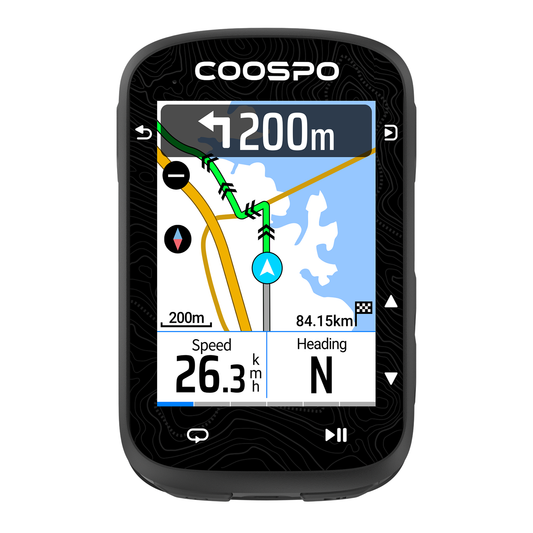
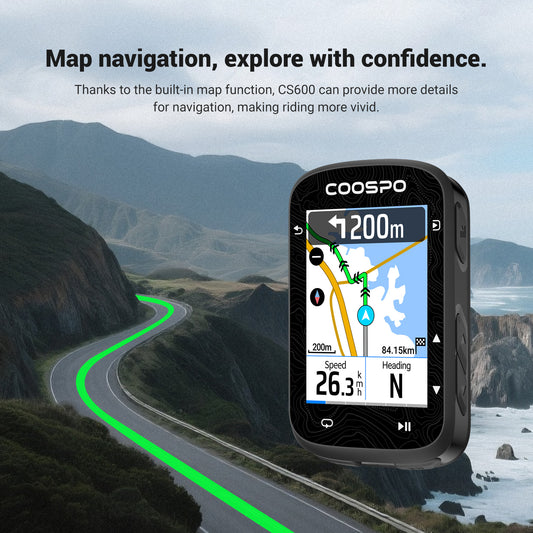
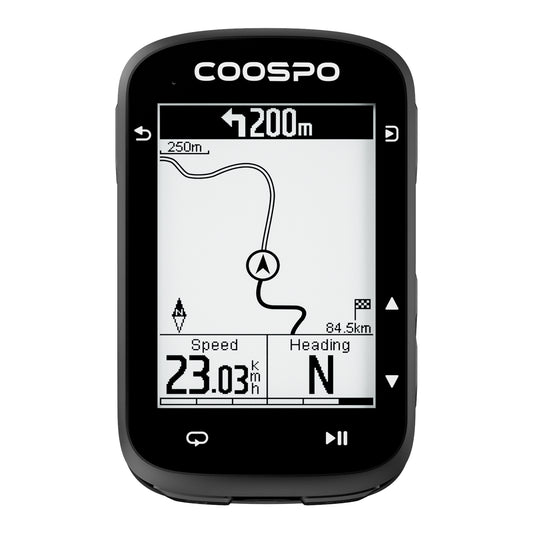
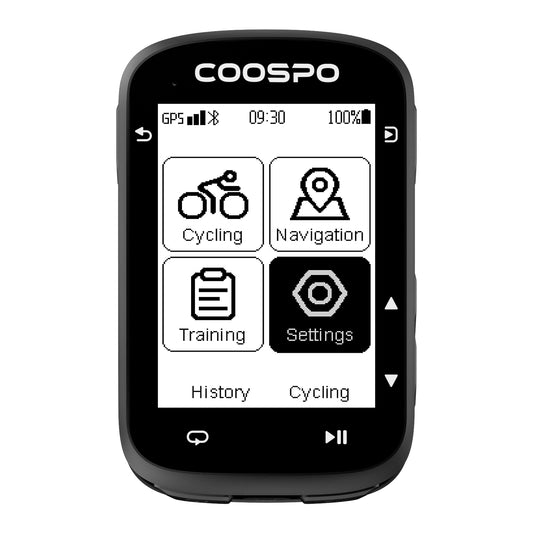
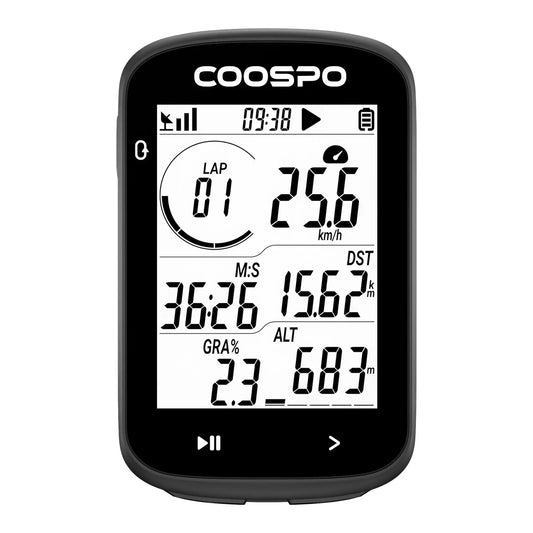
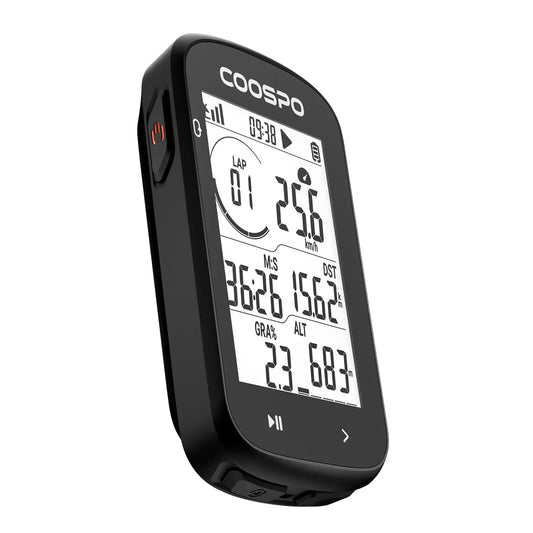
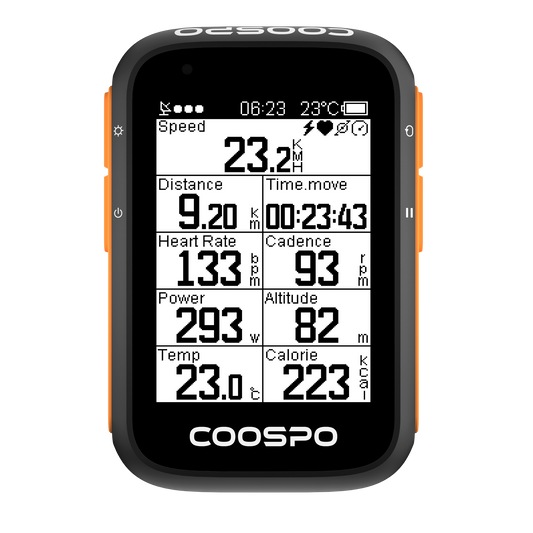
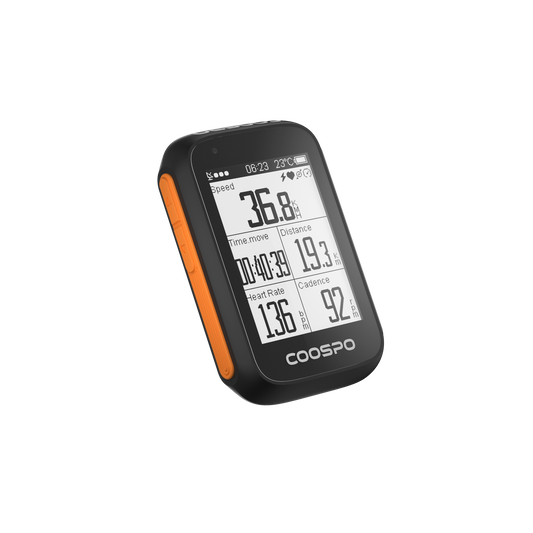
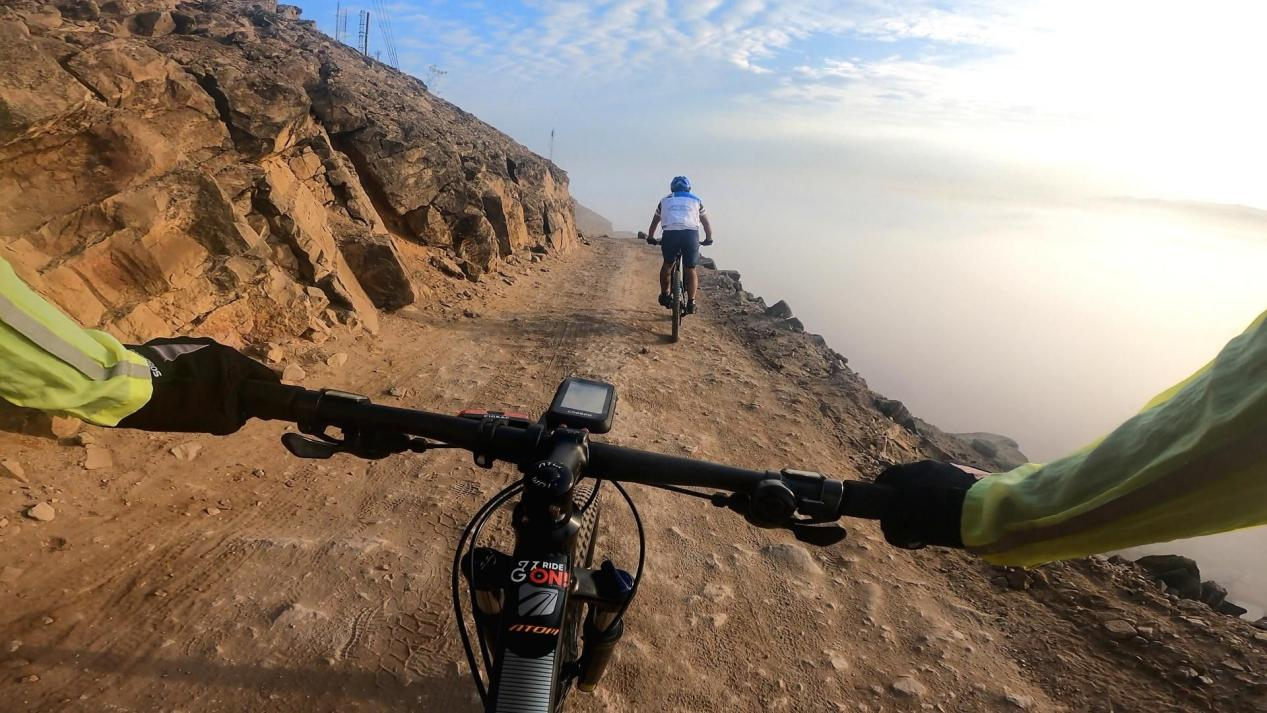
3 Comments
Buenas tardes, el gps se me desamblo del celular. No me descarga los entrenamientos. Alguien sabe que puedo hacer?
I Have a BC107 bike computer, used two times. On both ocasions the data that Strava displayed is inconsistent with the data that is displayed on the Coospo Ride App, that was uploaded from the bike computer On the first activity, took the same road home that i rode from and Strava shows a sraight line from the point i turned back to the start of my ride, not accumulating the elevation total but showing the total of kms i rided? On the second time it shows only 6kms on Strava from a total of 29kms that the Coospo Ride App shows.. can you explain what is the problem? Thanks.
How to minimize differences between Strava and a bike computer